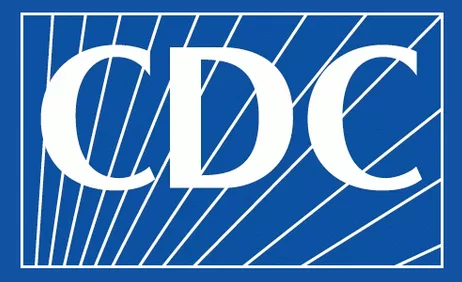CDC: Norovirus, Chicken, Fish, and Dairy are Top Foodborne Illness Causes and Sources

Last week, the U.S. Centers for Disease Control and Prevention (CDC) released new data on foodborne illness in Surveillance for Foodborne Disease Outbreaks--United States, 2009-2015.
Here is the problem that CDC wanted to investigate:
Known foodborne disease agents are estimated to cause approximately 9.4 million illnesses each year in the United States. Although only a small subset of illnesses are associated with recognized outbreaks, data from outbreak investigations provide insight into the foods and pathogens that cause illnesses and the settings and conditions in which they occur.
Here is how data was collected:
The Foodborne Disease Outbreak Surveillance System (FDOSS) collects data on foodborne disease outbreaks, which are defined as the occurrence of two or more cases of a similar illness resulting from the ingestion of a common food. Since the early 1960s, foodborne outbreaks have been reported voluntarily to CDC by state, local, and territorial health departments using a standard form. Beginning in 2009, FDOSS reporting was made through the National Outbreak Reporting System, a web-based platform launched that year.
What did CDC find for the 2009-2015 reporting period?
- There were 5,760 outbreaks that resulted in 100,939 illnesses, 5,699 hospitalizations, and 145 deaths.
- All 50 states, the District of Columbia, Puerto Rico, and CDC reported outbreaks
- Among 2,953 outbreaks with a single confirmed etiology, norovirus was the most common cause of outbreaks, followed by Salmonella.
- Outbreaks caused by Listeria, Salmonella, and Shiga toxin-producing Escherichia coli(STEC) were responsible for 82% of all hospitalizations and 82% of deaths reported
- Among 1,281 outbreaks in which the food reported could be classified into a single food category, fish were the most commonly implicated category, followed by dairy, and chicken.
- The food categories responsible for the most outbreak-associated illnesses were chicken, and seeded vegetables.
- Multistate outbreaks comprised only 3 percent of all outbreaks reported but accounted for 11 percent of illnesses, 34 percent of hospitalizations, and 54 percent of deaths.
What conclusions can we draw from all of this, according to CDC?
Norovirus remains the leading cause of foodborne disease outbreaks, highlighting the continued need for food safety improvements targeting worker health and hygiene in food service settings. Outbreaks caused by Listeria, Salmonella, and STEC are important targets for public health intervention efforts, and improving the safety of chicken, pork, and seeded vegetables should be a priority.
Read more about CDC’s methodology, results, and more.
Looking for quick answers on food safety topics?
Try Ask FSM, our new smart AI search tool.
Ask FSM →







